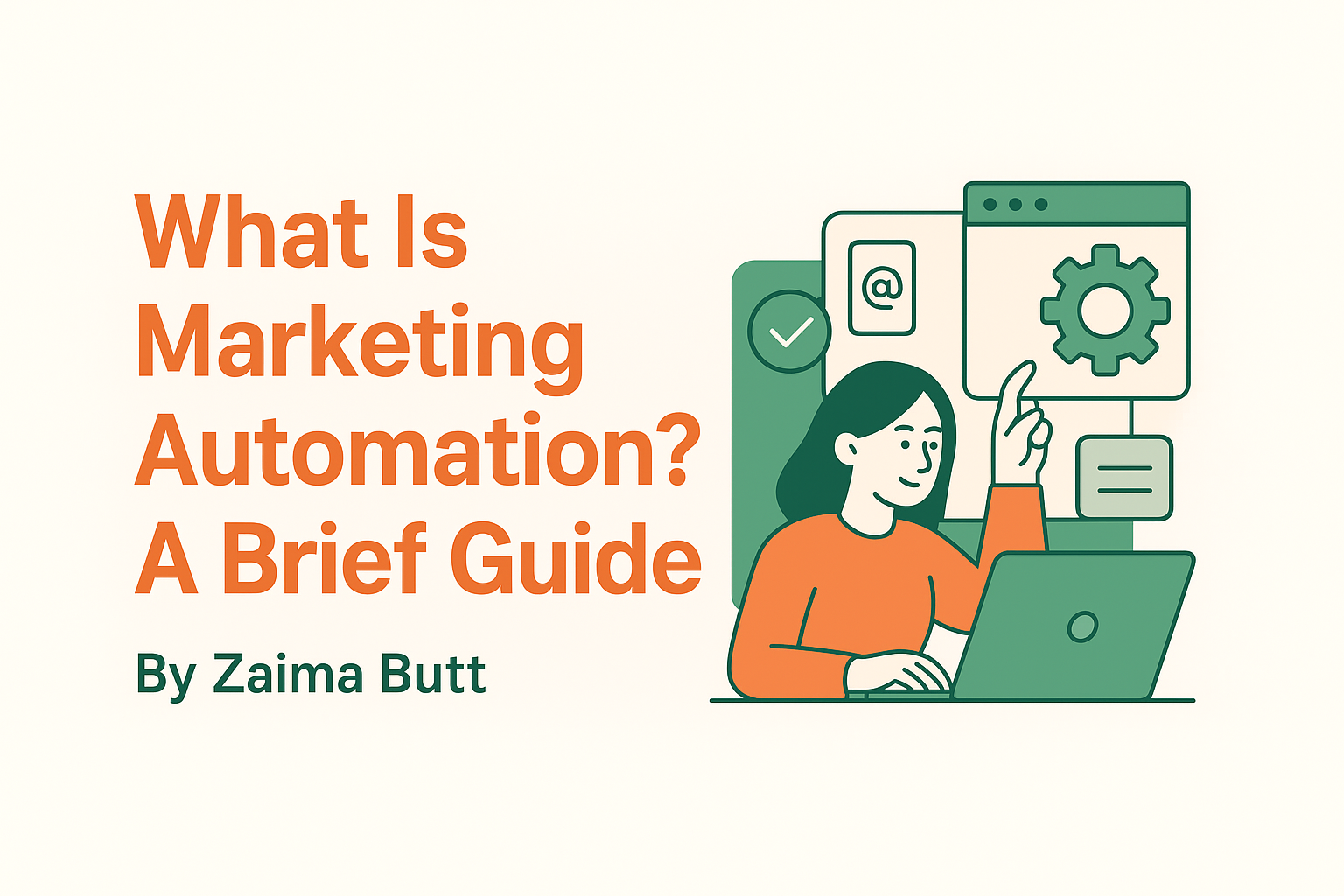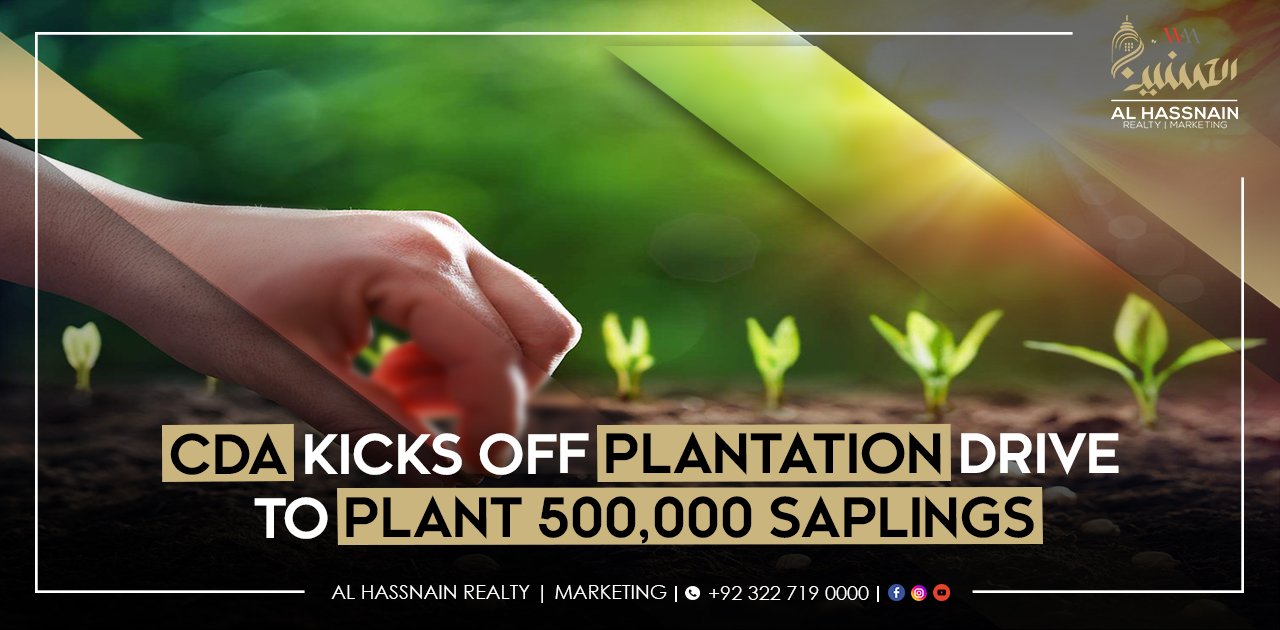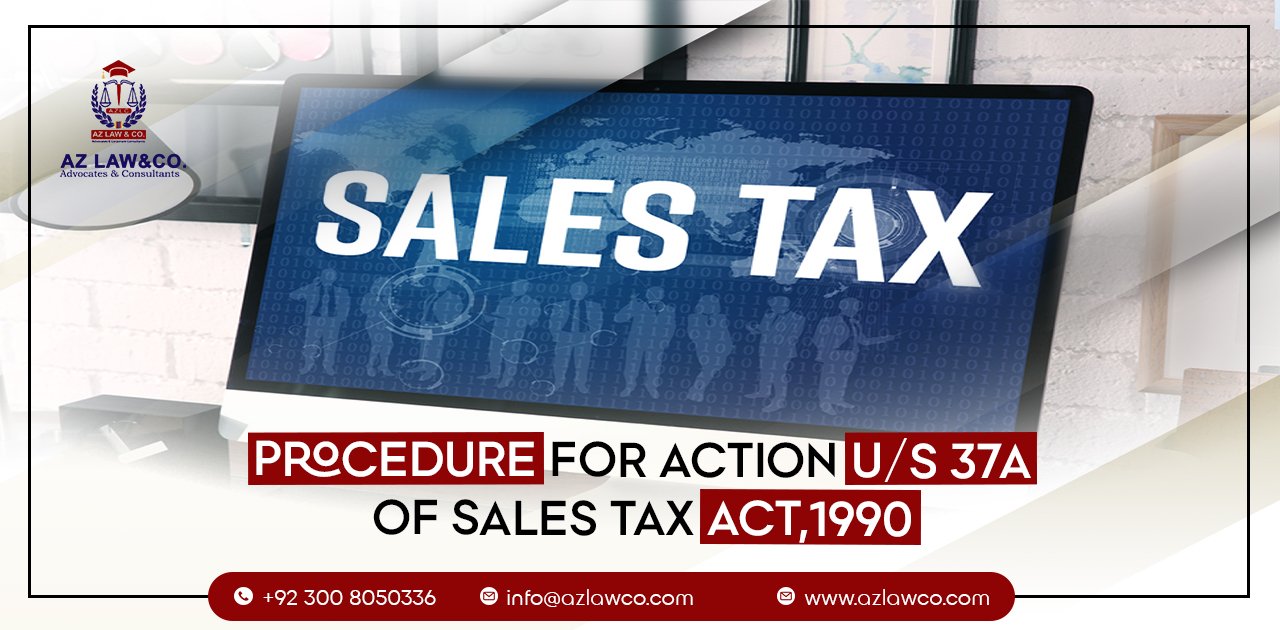If you’ve ever wondered “What exactly is marketing automation?”, you’re in the right place. In this article I’ll walk you through everything you need to understand this powerful tool — from the basics to how you can use it, and the key best-practices to succeed.
Table of Contents
ToggleWhat is Marketing Automation?
Simply put, marketing automation is the process of using technology to automate repetitive marketing tasks — helping you deliver the right message, to the right person, at the right time. (Sprout Social)
It goes well beyond just sending emails — it may include automating social media posts, SMS notifications, lead scoring, segmentation, campaign workflows, and coordinating across multiple channels. (Sprout Social)
Why It Matters (and What It Can Do for You)
- Efficiency & time-savings: It frees your team from manual, repetitive work so you can focus on strategy and creativity. (Sprout Social)
- Scale & consistency: You can reach more leads or customers without sacrificing personalization.
- Better alignment with your audience’s journey: By automating your marketing workflows, you can map out how someone moves from awareness → consideration → decision, and deliver tailored content at each stage. (The CMO)
- Improved ROI: Studies find that companies using marketing automation can grow their pipeline significantly, increase revenue, and allow sales to spend more time selling. (Adobe for Business)
Core Components of a Marketing Automation Strategy
1. Audience Segmentation & Lead Scoring
Before you automate, you must know who you’re targeting. That means defining buyer personas, segments, and then using lead scoring to identify which leads are ready to move forward. (The CMO)
2. Trigger-Based Workflows & Automation Rules
A big part of marketing automation is setting up triggers (for example, someone downloads an e-book, visits a pricing page, abandons a cart) and defining what happens next: send a follow-up email, assign to sales, display an ad, etc. (Sprout Social)
3. Content & Multi-Channel Delivery
You’ll want to deliver the right content via the right channel: email, social media, SMS, web-push, perhaps chatbots. Automating the delivery ensures you stay relevant and timely. (UserGuiding)
4. Integration with CRM and Data Systems
An automation tool works best when it integrates with your CRM (customer relationship management) system and other data sources. That ensures your workflows are data-driven and your customer journey is unified. (The CMO)
5. Analytics, Measurement & Optimization
Automation is not “set it and forget it.” You need to track results: open rates, click-throughs, conversion rates, revenue impact, etc. Then refine your workflows, tweak triggers, test variations (A/B testing). (Factors)
How to Implement Marketing Automation — Step by Step
Here’s a practical roadmap you can follow.
Step 1 – Define Your Goals & Success Metrics
Start with clarity: Do you want to generate more leads? Increase customer retention? Improve cross-sell/upsell? Decide what “success” looks like and how you’ll measure it (e.g., number of MQLs, conversion rate, revenue per campaign).
Step 2 – Map Your Customer Journey & Identify Automation Opportunities
Chart how someone goes from “just browsing” → “interested” → “ready to buy” → “loyal customer.” Then ask: where can we automate touch-points? Where are drop-offs? What content needs to be triggered? (The CMO)
Step 3 – Choose the Right Platform & Tools
There are many marketing automation platforms; pick one that fits your team size, channels, budget, and integrates with your existing systems (CRM, CMS, analytics).
Step 4 – Build Your Workflows & Set Triggers
Start simple. For example:
- When a visitor downloads a whitepaper → send a welcome email + assign to nurture stream.
- If that lead visits pricing page → send a case study.
- If they don’t engage for 30 days → trigger re-engagement campaign.
Keep workflows manageable and measurable.
Step 5 – Create & Organize Your Content
Prepare the content that supports each stage: awareness (blog posts, infographics), consideration (webinars, case studies), decision (trial offers, demos). Automate delivery according to workflow.
Step 6 – Test, Measure & Optimize
Use A/B testing, analyze your metrics, refine your segments, adjust triggers. Automation doesn’t mean “hands-off” — it means “smarter”. (Factors)
Step 7 – Scale & Expand
Once your initial workflows are delivering value, expand: integrate social media automation, SMS/mobile push, more complex nurture sequences, predictive analytics, AI-driven personalization. (Braze)
Key Best Practices & Pitfalls to Avoid
Best Practice – Know Your Audience Deeply
Make sure your segmentation is meaningful. If you don’t know your audience, automation won’t hit its mark. (The CMO)
Best Practice – Keep Workflows Simple at First
Complex is tempting, but simpler often delivers faster results and easier optimization. (The CMO)
Best Practice – Use Personalization & Relevant Content
Personalized workflow messaging (based on behaviour, demographics, preferences) wins attention. (Constant Contact)
Pitfall – Sending Generic Automated Messages
Automation is a tool — not an excuse for impersonal, generic messages. It must still feel human.
Pitfall – Not Aligning Sales & Marketing
If your marketing automation operates in a silo and doesn’t communicate with sales or CRM data, you’ll lose alignment, and leads may fall through cracks. (The CMO)
Pitfall – Forgetting to Measure & Update
Automation isn’t “set it and leave it.” Trends change, data evolves, channels shift. You need regular reviews.
Trends and the Future of Marketing Automation
- AI & Machine Learning: More automation platforms use AI to predict behavior, personalize content at scale, optimize workflows. (Braze)
- Hyper-Personalization and Omnichannel Workflows: Smart marketers are automating across email, social, mobile push, ads — stitching seamless journeys. (thepulsespot.com)
- Integration and Data-Driven Insights: The future is about unified data, real-time analytics, and connected systems. (MarTech)
Final Thoughts
If you’re ready to take your marketing to the next level, marketing automation is no longer optional — it’s essential. By following the steps above, focusing on good strategy, and staying aligned with your audience, you’ll be able to free up time, scale smarter, and deliver better results.







